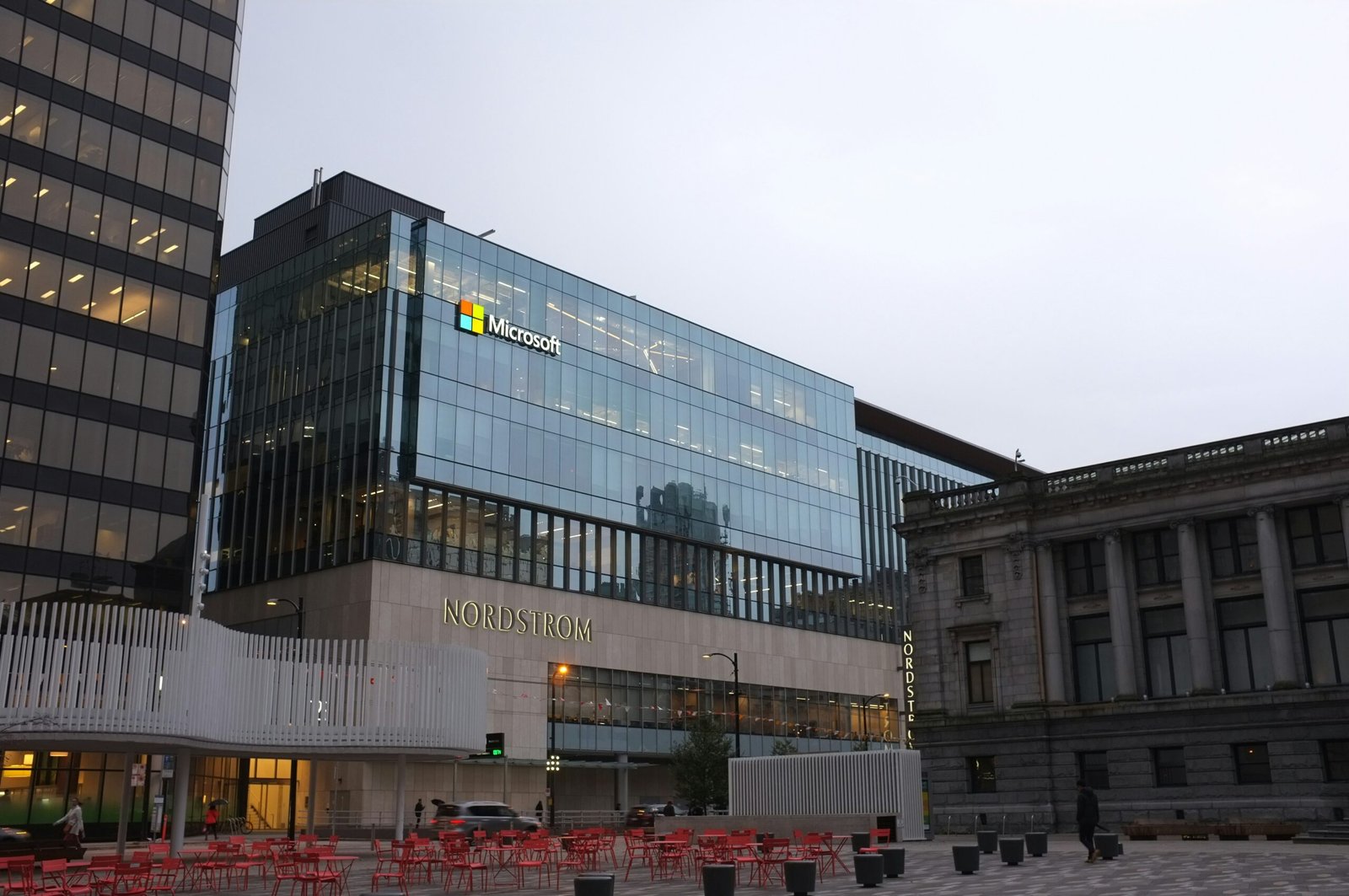Microsoft Senior Silicon Engineer Interview Questions

About Course
Microsoft Senior Silicon Engineer Interview Questions
This in-depth course is tailored to help seasoned professionals prepare for the Microsoft Senior Silicon Engineer interview, a comprehensive evaluation combining silicon architecture, hardware validation, and system integration. Whether you’re pursuing a role in Azure AI accelerators, Surface SoCs, or datacenter ASIC platforms, our module delivers 100 meticulously crafted Microsoft Senior Silicon Engineer interview questions. These questions reflect the multifaceted responsibilities of senior silicon engineers at Microsoft, including RTL‑level design, timing closure, hardware bring‑up, and compute infrastructure integration.
At Microsoft, Senior Silicon Engineers own large subsystems—from high‑performance logic designs to fully integrated silicon running in-scale systems. They bridge architecture, validation, and production readiness. The Microsoft Senior Silicon Engineer interview questions in this course are structured to evaluate your technical depth, strategic thinking, and cross-functional collaboration skills at every level, from early feasibility sketches to rollout on cloud platforms.
Course Overview
This module offers 100 real-world Microsoft Senior Silicon Engineer interview questions, each accompanied by detailed rationale that reveals both technical insight and system-level thinking. Questions are formatted to replicate the real Microsoft Senior Silicon Engineer interview, including phone screens, technical panels, and system-design deep dives.
This format ensures structured thinking under pressure—exactly what Microsoft looks for during the Microsoft Senior Silicon Engineer interview.
Key Topics Covered
The Microsoft Senior Silicon Engineer interview questions cover a broad range of critical technical areas:
Advanced RTL and Microarchitecture
-
Designing parameterized, high-performance pipeline stages
-
Handling clock-domain crossing, deadlock resolution, and reset schemes
-
Balancing area, power, and complexity in compute‑heavy blocks
Timing Closure and Physical Implementation
-
Interpreting STA reports, resolving multi-cycle and false path violations
-
Strategies for incremental ECOs at post-synthesis and post-floorplan stages
-
Coordinating with PnR teams to mitigate congestion and optimize PPA
SerDes, Memory, and I/O Integration
-
PHY/PCS interface validation for high-speed lanes like PCIe Gen5 or DDR5
-
Serial interface equalization, training schemes, and channel margin analysis
-
Calibration and PHY bring-up across voltage, temperature, and process corners
Silicon Bring-Up and Debug
-
Power-up sequence validation and functional bring-up procedures
-
Use of DFA, logic analyzers, and chip-level emulation for behavioral debug
-
Correlating silicon symptoms with RTL/clock/timing root causes
System Integration and Validation
-
Placing silicon in system context: carrier boards, mezzanine modules, subracks
-
End-to-end validation flows, including thermal behavior and board signals
-
Collaboration with hardware, firmware, and datacenter infrastructure teams
Yield, Reliability, and DFT
-
DFT strategies: scan insertion, BIST, in-field recovery modes
-
Yield analysis through silicon statistical models and silicon failure rates
-
Design reliability margins for ECC, aging, voltage scaling
Cross-functional Leadership
-
Influencing firmware, board, and system teams in silicon choices
-
Leading debug task forces, escalation management, artifact reporting
-
Ownership of milestones from tape-out to production rollout
Why This Course Works
The Microsoft Senior Silicon Engineer interview questions in this course derive from real engagements at Microsoft—the types of analyses used in system integrations, chip reviews, and design leadership conversations. Each has been validated to test both your technical prowess and systems fluency.
You’ll learn to:
-
Quantify trade-offs between timing headroom and clock frequency
-
Organize a strategy for first-pass silicon bring-up or debug
-
Explain how microarchitecture choices ripple through system design
These are exactly the competencies Microsoft’s recruiting teams assess during the Microsoft Senior Silicon Engineer interview.
Who Should Use This Course
This course is ideal for:
-
Senior RTL and system architects targeting Microsoft silicon teams
-
Experienced ASIC/SoC engineers preparing for leadership roles
-
Engineers who have owned silicon design through validation and launch
If you’re preparing for the Microsoft Senior Silicon Engineer interview, these questions will help sharpen your depth, clarity, and system-awareness.
Sample Questions You’ll Encounter
-
Describe your ECO strategy if you discover a hold violation after post-CTS timing.
-
How do you bring-up a DDR5 controller across process-voltage-temperature corners?
-
A high-speed lane fails eye-mask tests during board bring-up—how do you debug?
-
How would you reduce power usage in a data-path block under aggressive PPA goals?
These Microsoft Senior Silicon Engineer interview questions train you to think like a senior system-level silicon owner—resolving complex trade-offs and guiding chips into production.
View our Microsoft Interview Guides

Course Content
Microsoft Senior Silicon Engineer Interview Questions
-
Microsoft Senior Silicon Engineer Interview Questions – Easy
-
Microsoft Senior Silicon Engineer Interview Questions – Medium
-
Microsoft Senior Silicon Engineer Interview Questions – Difficult
-
Microsoft Senior Silicon Engineer Interview Questions – Behavioral/Culture Fit